![]()
![]()
![]()
Use LEFT and RIGHT arrow keys to navigate between flashcards;
Use UP and DOWN arrow keys to flip the card;
H to show hint;
A reads text to speech;
32 Cards in this Set
- Front
- Back
|
What are the two ways to acquire immunity?
|
Active Immunity
Passive Immunity |
|
|
You are coming back from Mexico and sit next to a person who looks very sick. When you arrive home you fall ill; however, two weeks later you are back to your healthy self.
Explain this type of immunity and why. |
Exposure to an antigen (Ag) - ACTIVE IMMUNITY- is active immunity because your body is directly involved in fighting off the invader and cloning the antibodies (Abs).
|
|
|
You are giving blood at a local blood drive. The technician mistakenly sticks you with another patients needle who turns out to be Hep B positive. Since you do not remember receiving any vaccines for Hep B, your doctor injects you with correct antibodies.
Explain this type of immunity and why. |
When the antibodies are giving to you before your body has time to make its own, it is PASSIVE IMMUNITY. Passive immunity wanes over time and your body does not learn how to clone them until it receives a vaccine.
|
|
|
What two things are required for Immunodiagnostics?
|
1. Presence of Ag and Ig Specific Antibody
2. Sensitivity or methods of detection |
|
|
Qualitative or Quantitative?
Presence of Ag + Ig Specific Ab |
Qualitative
|
|
|
Qualitative or Quantitative?
Sensitivity (aka methods of detection) |
Quantitative
|
|
|
Soluble Ag + Ab = visibility
True or False |
True due to the cross-linkage binding. The Ag and Ab form an insoluble lattice that is visible to the eye.
|
|
|
This test provides a measure of the amount of Abs in a sample.
|
Antibody Titer
|
|
|
True or False
If the titer increases they are recovering from infection. |
FALSE
If the titer increases that means Abs are up and they are FIGHTING infection. If a few days later another test reveals that the titer is decreasing then they are recovering from infection. |
|
|
This involves particulate Ag
|
Direct Agglutination Reactions involve antigenic cells cross linked by Abs
|
|
|
This involves Ag or Ab attached to an introduced particle such as a latex sphere
|
Indirect Agglutination
|
|
|
What is the most important part of an agglutination test?
|
Mixing
|
|
|
Hemagglutination
|
testing for blood types ABO blood group test
|
|
|
ELISA
|
Enzyme-Linked Immunosorbent Assay
|
|
|
T or F
A pregnancy test is an example of a direct ELISA test. |
True, it is a rapid test to detect human chorionic gonadotropin in urine of pregnant women
|
|
|
This test detects Ag using a color tag.
|
Direct ELISA
|
|
|
This test detects Ab using a color test.
|
Indirect ELISA
|
|
|
Put these steps in the correct order:
A. Add sample B. Results can be quantified by spectrophotometer C.Add enzyme-linked Ab specific for the Ag or Ab test is designed to detect D. Add enzyme’s substrate (chromogen); look for color reaction E. Capture Ab or Ag affixed to well |
E, A, C, D, B.
|
|
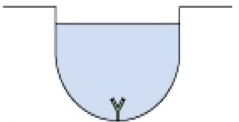
Identify the Step and Test
|
The first step in a Direct Eliza Test capture the Ab and affix to well.
|
|
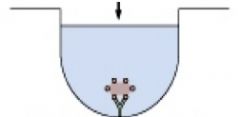
Identify the step and test.
|
Step 2 of a direct elisa test: add sample.
|
|
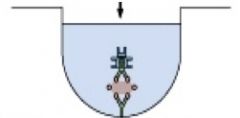
Identify the step and test
|
step 3 of a direct elisa test: addy enzyme linked Ab specific for the Ag test is designed to detect.
|
|
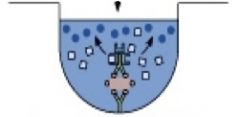
Identify the step and test
|
Step 4 of a direct elisa test add enzyme's substrate chromogen and look for color reaction
|
|
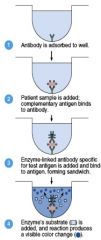
Identify the test
|
Direct Elisa test looking for Ag
|
|

Identify the test
|
An Indirect ELISA used for detecting Ab
|
|
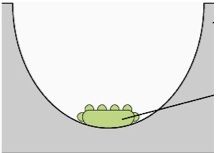
Identify the step and test
|
The first step in the Indirect ELISA test is to capture the Ag.
|
|
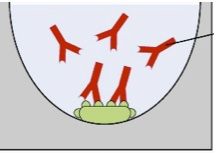
Identify the step and test.
|
The second step in the Indirect ELISA is to add the Ab sample you are trying to detect.
|
|
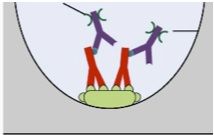
Identify the step and test.
|
The third step in the Indirect ELISA is to add the enzyme linked Ab specific to the Ab you are trying to detect (provides color change)
|
|
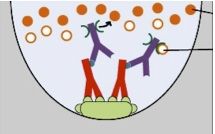
Identify the step and the test.
|
The fourth step in the Indirect ELISA is to add the enzyme's substrate (chromogen) and look for the color reaction.
|
|
|
detects Ag by affixing Ab to well
|
Direct ELISA
|
|
|
detects Ab by affixing Ag to well
|
Indirect ELISA
|
|
|
always uses chromogen
|
ELISA tests step 3.
|
|
|
results are read on a spectrophotometer
|
ELISA tests last and final step 5
|

